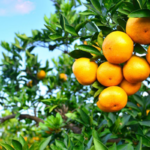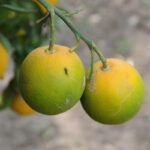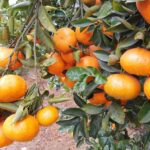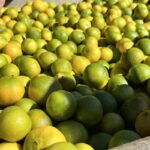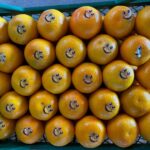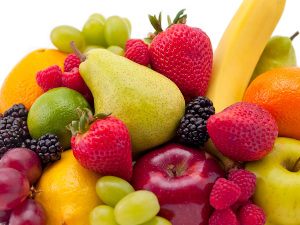Spain calls for quarantine following African Citrus Greening confirmation in South Africa

South Africa’s Citrus Research International (CRI) has confirmed the presence of African Citrus Greening in Gqeberha, Eastern Cape. The deadly disease was found in private orange and lemon nurseries.
The African strain, transmitted by the vector Trioza erytreae, is the least aggressive of the HLB strains.
African Citrus Greening first causes yellow spots on the leaves and small and deformed fruits with a bitter taste. After blocking the circulation of the sap through the phloem cells, production declines sharply and in many cases ends up killing the trees.
“We have been warning for years that South Africa is not a reliable citrus supplier to the EU and that its authorities have no credibility in terms of plant health,” said Spain’s Citrus Management Committee (CGC) president Inmaculada Sanfeliu.
Related articles: South African citrus season sees great quality amid logistic challenges
The Eastern Cape currently accounts for 26% of South Africa’s citrus production, with roughly 64,247 hectares dedicated to this crop.
South Africa is the top non-EU citrus supplier in the European market. Although fruit is not the most likely medium of transmission for HLB, scientific research suggests the bacterium could be viable in oranges or mandarins. However, clandestinely introduced plant material poses a more certain threat.
Editor's note: A previous version of this article erroneously referred to African Citrus Greening as Asian Citrus Greening, or HLB.
















